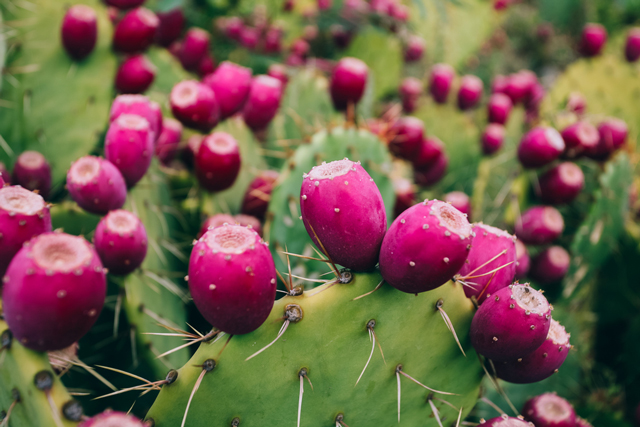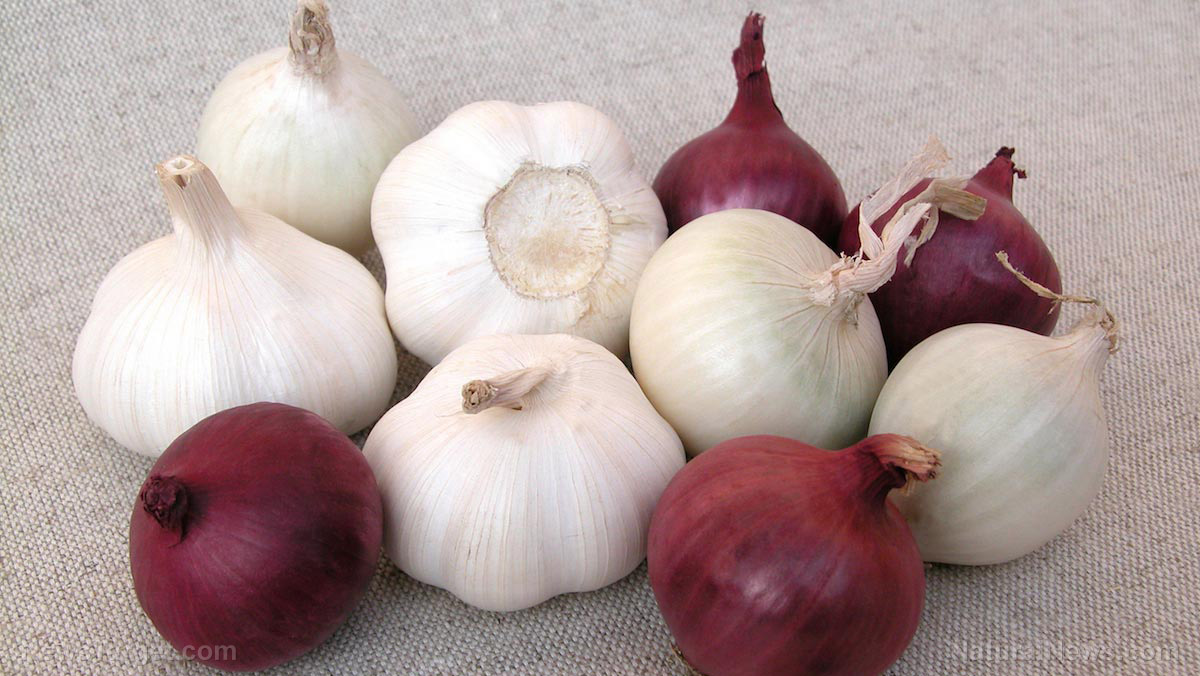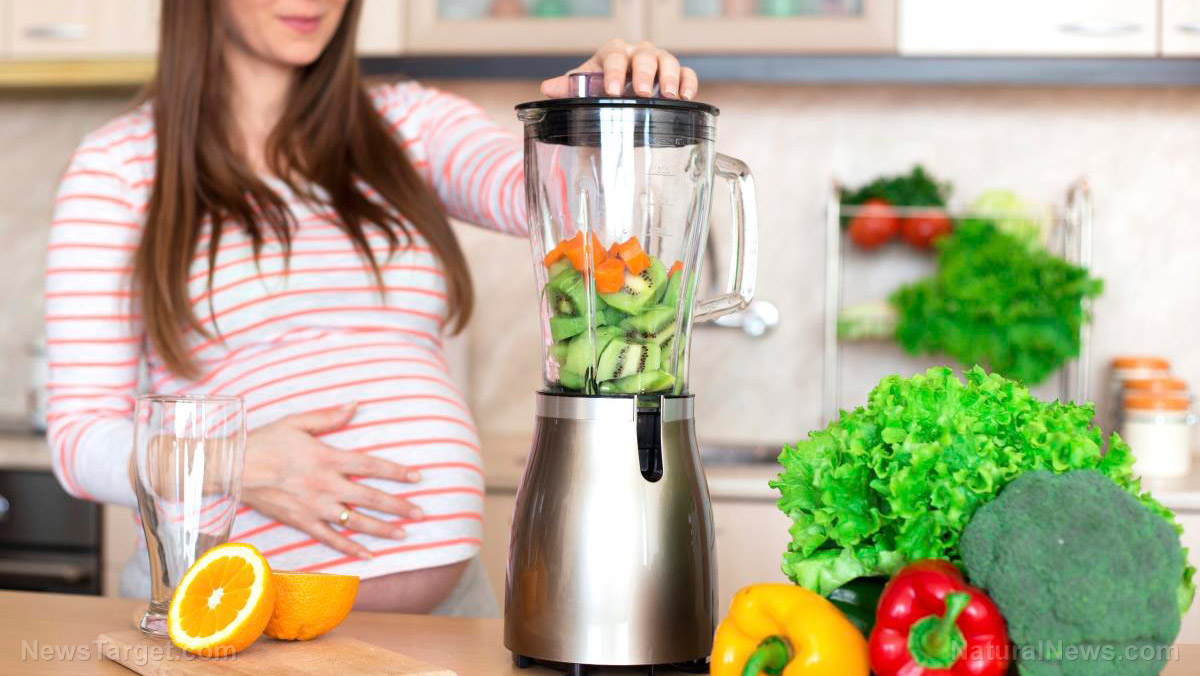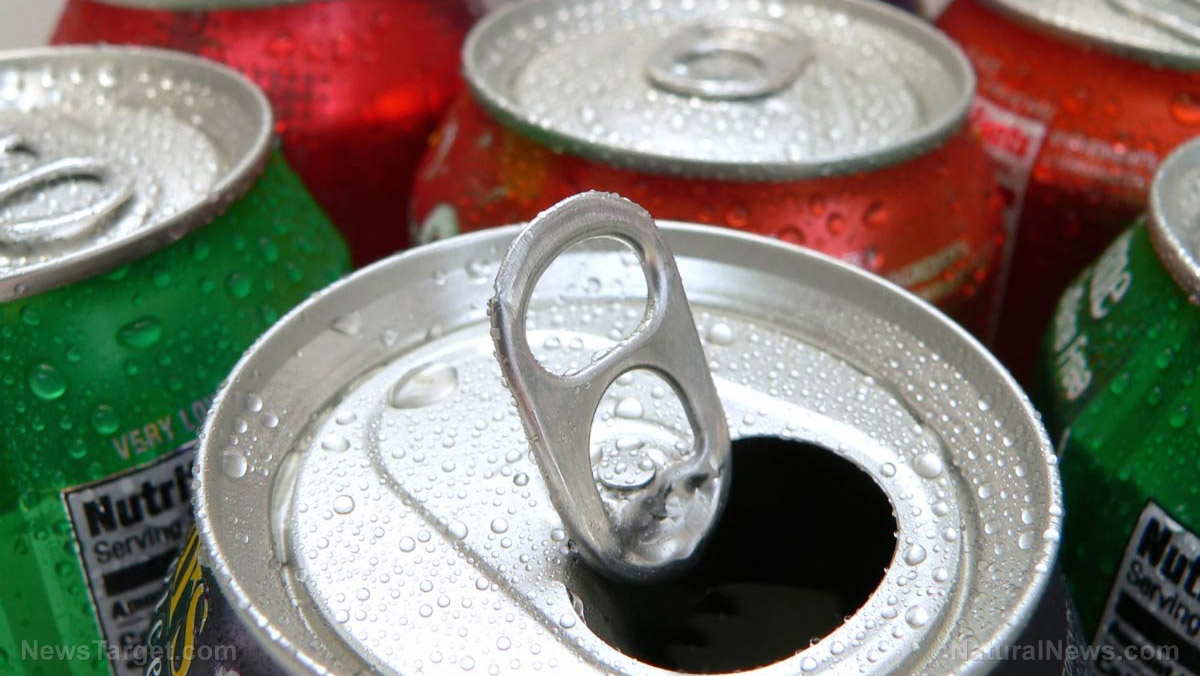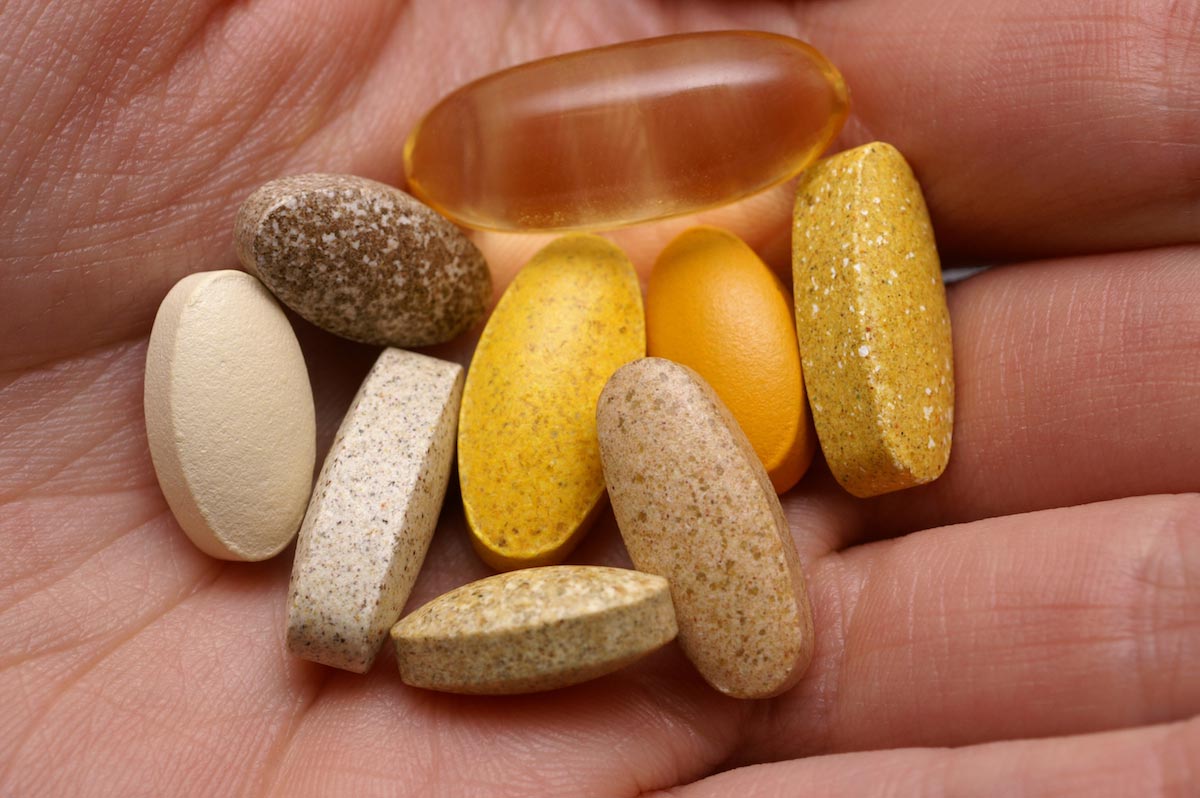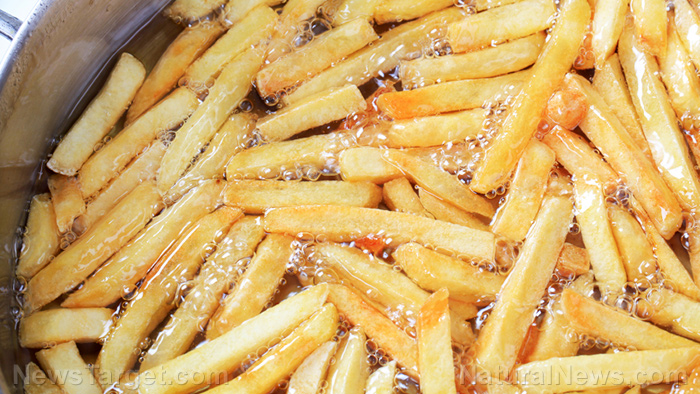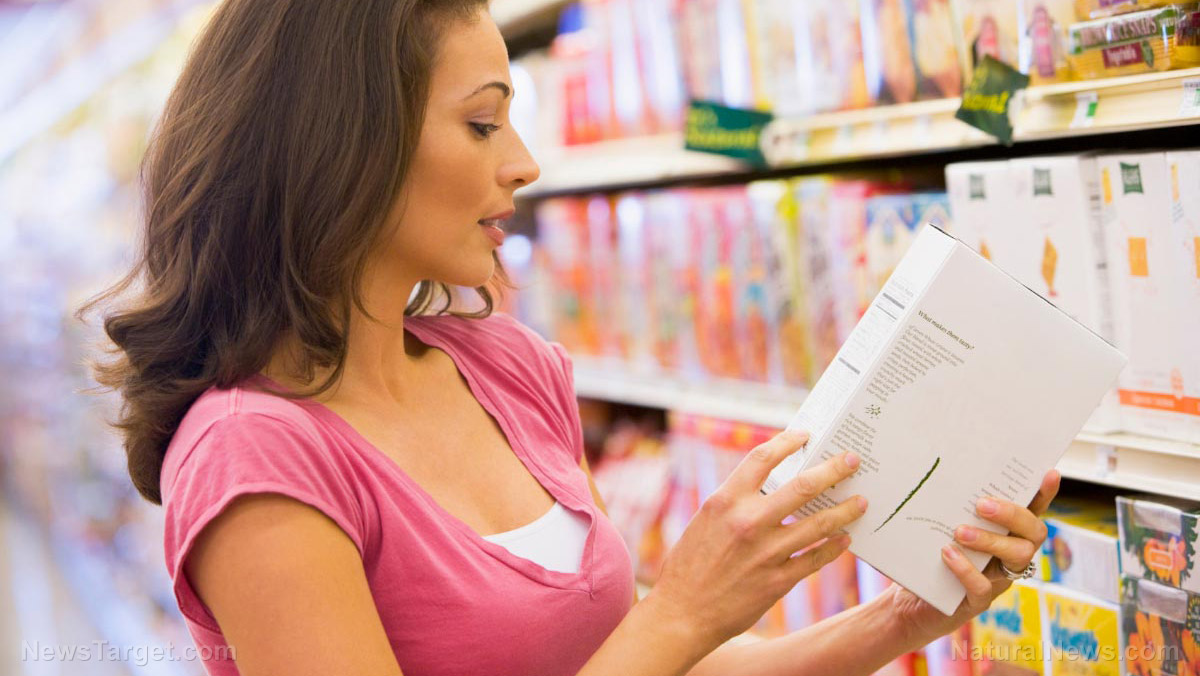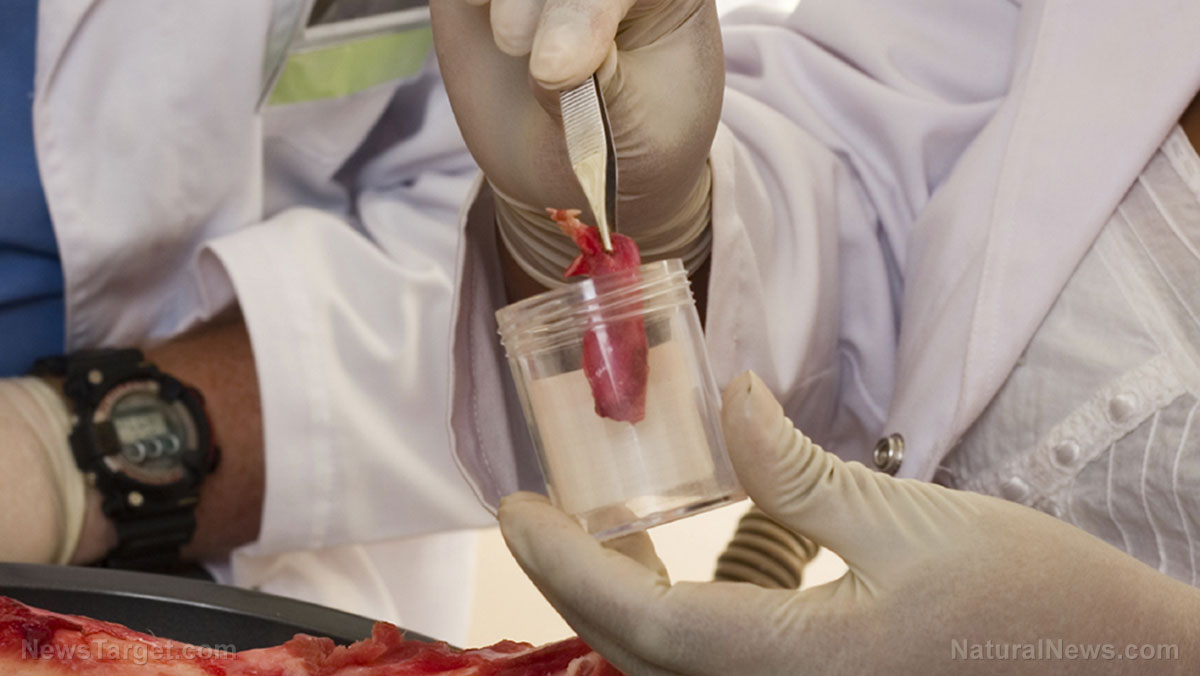Starbucks launches TOXIC Unicorn Frappuccino in effort to stay relevant
04/26/2017 / By Tracey Watson

A potentially toxic craze is spreading like wildfire across the internet, and in an attempt to stay relevant, Starbucks has jumped on the bandwagon. So-called “unicorn food,” which is trending across social media, is any food item that has been made super colorful by the addition of food dye, marshmallows or naturally colorful items like pieces of fruit. Some people even go so far as to add little sculpted sugar manes, horns and tails to their creations. Starbucks’ contribution to the craze was a special edition drink they called the “Unicorn Frappuccino,” which was available in the U.S., Canada and Mexico for five days, starting April 19.
Starbucks described its drink as “a sweet dusting of pink powder, blended into a creme Frappuccino with mango syrup and layered with a pleasantly sour blue drizzle. It is finished with vanilla whipped cream and a sprinkle of sweet pink and sour blue powder topping.” Let’s face it, that sounds super yum. And the drink even changed color when mixed. Fun, right?
Well, not so fast. Health-conscious people who adopt the craze by using brightly colored fruit or using naturally bright foods like turmeric or beetroot to add color can breathe easy. On the other hand, those who are making their “unicorn toast,” “unicorn cupcakes” or other items using food dyes need to be very careful.
Adeline Waugh, a health and wellness blogger and food stylist from Miami, accidentally triggered the trend last year when she started using beetroot to add “a pop of color” to her photos. Ms. Waugh is more than likely horrified by the way in which her unicorn food, which was both aesthetically beautiful and nutritious, has sparked a craze for sugary, dyed foods.
As noted by The New York Times, Waugh’s dye “is made from cream cheese and crushed up natural ingredients like chlorophyll, for green or crushed up, freeze-dried blueberries for purple … Her work contains no marshmallows, artificial dye or towering horn-shaped fondants. There is nary a sprinkle in sight.”
And that’s an important distinction, because artificial dyes are anything but harmless, and children are particularly vulnerable to their effects. For this reason, a consumer watchdog organization in Washington is pushing for the Food and Drug Administration (FDA) to ban all synthetic dyes, including Blue 1 and 2, Green 3, Citrus Red 2, Red 3 and 40, and Yellow 5 and 6. The worst offenders are Yellow 5 and 6, and Red 40, all of which have been linked to cancer.
Artificial dyes also cause other serious issues for children, including hyperactivity (as any parent of an ADHD child will know), allergies, learning difficulties, and behavioral issues like irritability and aggressiveness. “It’s astonishing to me that people think they’re being hip and politically correct by poisoning themselves with toxic food dyes,” explained Mike Adams, the Health Ranger. “It just demonstrates the utter nutritionally illiteracy of those who incessantly seek to obediently conform to popular memes.”
A 2007 study published in The Lancet, found that children who consumed synthetic dyes started to display hyperactive behavior within an hour. This study prompted changes in food dye legislation in the U.K.
What many parents who feed their children brightly colored cereal, candy, soft drinks and other foods don’t realize is that artificial dyes are made from compounds that were extracted from petroleum and coal tar. And while even small concentrations of a single food colorant may pose health risks, many of these foods contain several different colors.
Parents need to be aware that food colors also lurk in unexpected places like over-the-counter medications and even apparently “healthy” foods like yogurts.
The rule of thumb when it comes to food is actually very simple: To ensure your entire family is eating healthy, nutritious food, make sure it is clean – that means unprocessed, fresh, organic whole foods that haven’t been genetically modified, and haven’t had unnatural things added to them like toxic dyes.
And if you’re willing to stick to Ms. Waugh’s original concept of naturally bright, nutritious “unicorn food,” then go ahead and have some fun with it!
Sources:
Tagged Under: food dyes, Starbucks, unicorn food, Unicorn Frappuccino




